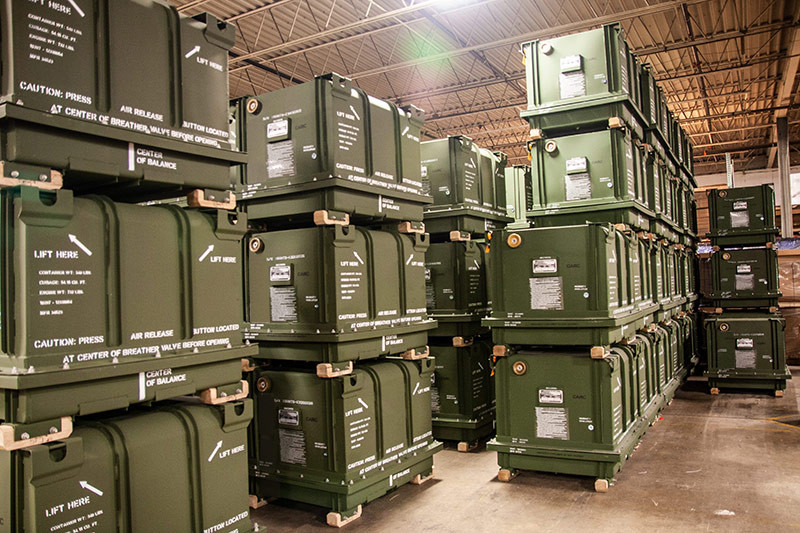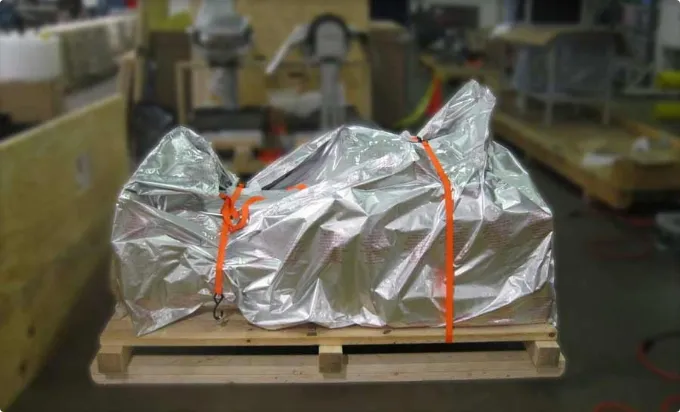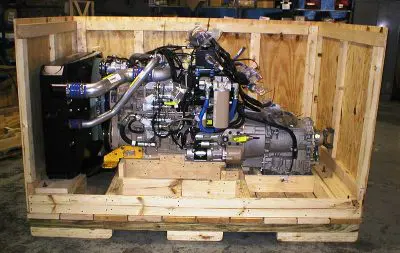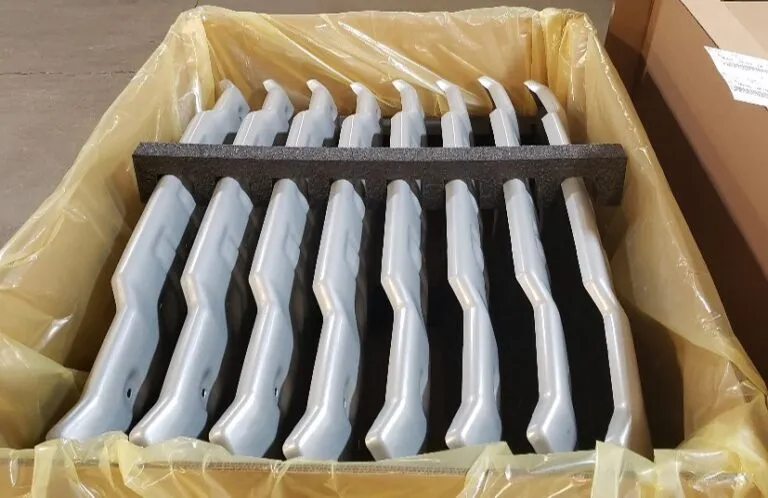What Is MIL-STD-2073 Packaging?
Learn more about the key aspects of MIL-STD-2073 and how to ensure compliance in this comprehensive guide from Export Corporation.

Learn more about the key aspects of MIL-STD-2073 and how to ensure compliance in this comprehensive guide from Export Corporation.

MIL-STD-2073 refers to the military packaging standard that provides guidelines on packaging and preservation methods. It’s one of the many standards the Department of Defense has developed for packaging and shipping military equipment and supplies.
More specifically, this standard:
The standard also defines two specific levels of packing: A and B.

If items are categorized as Level A under MIL-STD-2073, this means that they need the highest level of protection to withstand:
Level A items typically require high-quality barrier materials, waterproof, and vaporproof packaging, and sometimes cushioning and corrosion-inhibiting preservatives. They’re also generally shipped in hermetically sealed containers or waterproof crates.
Level B items need moderate protection and are not intended to be protected against extended storage or extreme environmental conditions. These types of items might be packaged in barrier bags, corrugated fiberboard boxes, fast-pack containers, or domestic wooden crates with corrosion inhibitors or desiccants as needed.
If an item doesn’t have a designated level, it’s referred to as “minimal,” meaning it doesn’t need as much protection as Level A or B items.
This standard covers a wide range of military items that need specialized packaging for storage, shipment, or handling. These could include electronic assemblies, aircraft components, mechanical parts and assemblies, medical equipment, and communication navigation equipment, but are not limited to just these items.

MIL-STD-2073 ultimately sets detailed requirements for three primary requirements: packaging, preservation, and packing.
Packaging is essentially the first step in military packaging and covers the design of the materials that will protect the item being shipped. There are several elements of this component:
Preservation is the second stage of the military packaging process and focuses on protecting the item against corrosion, deterioration, and contamination during transport or long-term storage. Items are cleaned, dried, and preserved. Some items may need to be wrapped or cushioned.
MIL-STD-2073 outlines five methods of preservation:
Method 10 is required for all items and must be verified through several performance tests, but other required preservation methods will be outlined in the contract or purchase order.
The final step of mil-spec packaging is packing. This stage involves understanding how the item will fit into the built packaging.
As explained, there are two primary levels of packing: A and B. Level A needs the most protection for both transportation and long-term storage, while B only requires moderate protection for controlled environments and domestic transport. In this stage, bracing and cushioning items are added, straps are added to keep the containers in space, and the containers are marked for easy identification.
If you don’t follow the required standards when packaging and shipping military items, those items will be rejected and returned to the sender. In some cases, the contractor will also need to spend extra money to repackage the items and potentially reimburse the government for an additional cost. So, lack of compliance will ultimately result in shipping delays for critical items and extra fees for the contractor.
The best way to stay compliant is to work with a military packaging expert. They can help you:
Export Corporation has been helping military contractors for over 70 years. Our team can help you preserve items, engineer boxes and crates, and ensure compliance not only with MIL-STD-2073, but also with other standards, including MIL-DTL-6060E, MIL-DTL-197N, MIL-PFR-131k, and more. We also hold several certifications and registrations to ensure quality, including ISO 9001, ISPM-15, ITAR, and SAM.
Visit our website to learn more about our capabilities, or contact us today to discuss your project.

Send us details about a packaging project you need, and a member of our expert team will be in touch.